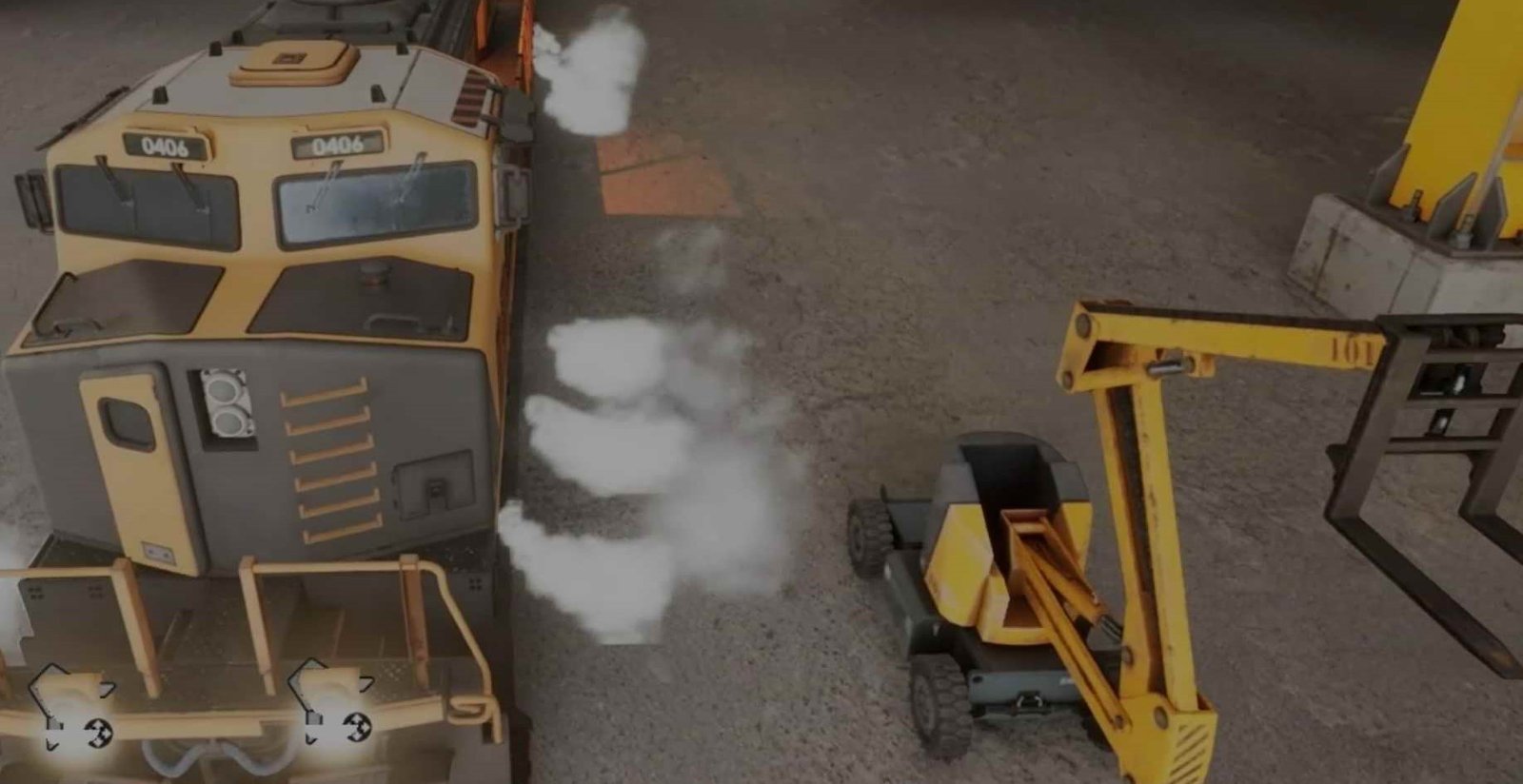
Animation is a captivating art form that brings stories to life through a blend of creativity and technology. Behind every animated film, TV show, or commercial, there is an animation production company working tirelessly to create magic on screen. Let's take a closer look at what goes on behind the scenes in the daily operations of an animation production company.
The Team
One of the key components of an animation production company is its dedicated team. Each team member plays a crucial role in the production process, working collaboratively to bring ideas to fruition. Here are some of the roles you might find in an animation production company:
Key Roles:
- Animator: Responsible for bringing characters and scenes to life through movement.
- Storyboard Artist: Creates visual blueprints of the animation to guide the team.
- Character Designer: Develops the look and feel of the characters in the animation.
- Background Artist: Designs the environments in which the animation takes place.
- Producer: Oversees the entire production process and ensures deadlines are met.
- Sound Designer: Adds sound effects and music to enhance the viewing experience.
The Process
Animation production is a meticulous process that involves several stages, each requiring attention to detail and creative input. Here is an overview of the typical steps involved in creating an animated project:
Production Stages:
- Concept Development: This stage involves brainstorming ideas, developing the storyline, and creating a solid concept for the animation.
- Storyboarding: Artists create a sequence of drawings that represent key moments in the animation, providing a visual outline of the project.
- Character Design: Artists develop the look, feel, and personality of the characters in the animation, ensuring they are visually appealing and consistent with the story.
- Animation: Animators bring the characters and scenes to life through movement, using specialized software to create fluid motion.
- Sound Design: Sound designers add audio elements such as dialogue, music, and sound effects to enhance the overall viewing experience.
- Editing and Post-Production: The final touches are added to the animation, including color correction, compositing, and editing to ensure a polished final product.
A Day in the Life
Now that we have a better understanding of the team and process involved in animation production, let's take a closer look at what a typical day might look like at an animation production company:
Sample Daily Schedule:
- 9:00 AM – Team Meeting: The day typically starts with a team meeting to discuss the status of ongoing projects, address any issues, and outline tasks for the day.
- 10:00 AM – Production Work: Team members dive into their respective tasks, whether it's animating a scene, designing characters, or editing audio.
- 12:00 PM – Lunch Break: A well-deserved break to recharge and socialize with colleagues.
- 1:00 PM – Creative Session: Collaborative brainstorming sessions to generate new ideas or solve creative challenges.
- 3:00 PM – Feedback and Review: Team members gather to provide feedback on each other's work, ensuring quality and consistency throughout the project.
- 5:00 PM – Wrap-Up: Final checks are done, tasks are assigned for the next day, and any loose ends are tied up before the team calls it a day.
Challenges and Rewards
While working in an animation production company can be rewarding, it also comes with its own set of challenges. Here are some of the common challenges faced by animation production companies:
Challenges:
- Tight Deadlines: Meeting project deadlines can be challenging, requiring the team to work efficiently and effectively.
- Client Expectations: Balancing client expectations with creative vision can be a delicate process that requires clear communication and collaboration.
- Technical Issues: Animation software and tools can sometimes present technical challenges that need to be resolved quickly to avoid delays.
- Creative Blocks: Artists may face creative blocks that hinder their ability to generate ideas or produce quality work, requiring strategies to overcome these obstacles.
Despite the challenges, working in an animation production company can be incredibly rewarding. Bringing stories to life, seeing your work on screen, and collaborating with a talented team all contribute to a fulfilling and exciting career in animation.

